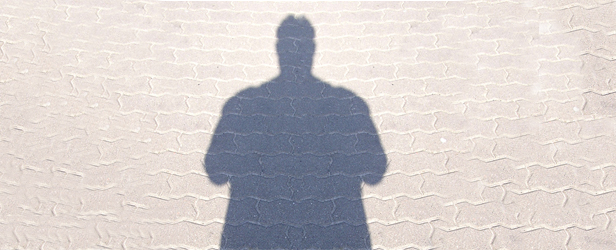
Most strength coaches and personal trainers have a certain demographic they prefer to train. Some trainers prefer the high school athlete and some trainers prefer the '9 to 5' client. It isn’t every day that you pick up a client where everything you’ve learned about movement in certifications, continuing education classes, and magazines no longer applies. I’m talking about the obese and the elderly. Every once in a while, trainers will have to extend their scope of practice and help someone who is in the one percent of their respected genre.
To help better your understanding of where I'm coming from, I'll tell you a few things about myself. It all started when I was 18-years-old and working with Miss Wyoming 2007. I had no prior experience working with any other person besides myself. Because I was new to the fitness/strength world, I banked my knowledge on issues of Muscle and Fitness and read fitness blogs. So by looking at my 'one percent' comment in the previous paragraph, I can take from my experience that I should now know how to program:
- Women (specifically mid-20s)
- Figure/bodybuilding clients
- Diet modification clients
But not every client is a genetically gifted, young woman without any chronic ailments or illnesses. This is where the point of the article comes in. After moving back to Jackson Hole, Wyoming, from Boston, I managed to obtain a few clients that I've never encountered before. My first client—we’ll call him Joe—is an 82-year-old man with ambitions and the drive of an 18-year-old. My second client—we’ll call him Frank—is an obese man pushing the scales at 370 pounds with an overwhelming body fat percentage. Lucky for me, neither of these gentlemen have any chronic illnesses and they're both in great health, aside from the forces working against them.
Instead of blabbering on about their achievements and accomplishments, I'll outline both situations and explain why looking for certain things will help solidify your clients’ success. You’ll be surprised at the similarities of these two genres. The answer is in the details.
The “give up” for the elderly:
The “give up” is a title I came up with after observing Joe and Frank as they sat in lower to medium height chairs. Let's take Joe, the elderly gentlemen, as our first example. (Preaching to the choir begins.) As we age, we become less mobile and more rigid in our daily movements, such as sitting down and standing up. This includes the movements you perform every day of your life (i.e. getting in and out of bed, sitting down and standing up off the toilet seat, etc.). When you start to become immobile, you start to adapt to your own restrictions. When you stop moving in a certain range of motion as you age, your body will eventually lose its strength in that range of motion. As soon as this stage sets in, your body will automatically avoid that position to compensate for the lack of strength, thus decreasing range of motion. This is why the stage before 'sit down' is crucial.
Ever notice an elderly man try to take a seat on a bench or sofa that starts below his knees? Ever pay attention to how he sits? The “give up” period that I speak of is that last three to five inches where the individual will subconsciously give up on the full range of motion of sitting as soon as he feels stable.
Boom. There you go. Instead of making the poor guy stand on a Bosu ball to work on his “balance,” start with the basics of getting his range of motion back. Figure out his “give up” period and work around that until he's just as comfortable at the new position as he was at the old position. My client Joe demonstrates it perfectly as he shows complete control in an extremely vulnerable place for the majority of his demographic (82 years).
The “give up” for the obese:
You’ll notice that working with an obese person is a little more of a challenge. Not only is balance and lack of range of motion a concern, but you also have rapid fatigue and joint compression issues. The “give up” period has a different meaning when you add an extra 250 pounds to the equation. No longer is it about range of motion, but it is also about being strong enough to hold that extra weight in a vulnerable position. Stretching no longer applies. You won’t go anywhere with a stretching protocol, so y’all can throw that out right now. Again, start with the basics. Tell your client what you are observing so he can process it himself. Start him off with a relatively high “squat to box,” not to get confused with “box squatting.”
View this article by Tony Gentilcore that helps to explain the difference between two.
By squatting to the box, your client will learn what it is like to keep the appropriate tightness at the bottom of a squat. This will, in turn, teach him to control his own body weight through the full range of motion. This will open the gates of potential. His body will start adapting to the new range of motion and will open up doors that have been locked for years.
Don't think for a second that the Biggest Loser holds the only key to helping the obese shed pounds. Rushing into a program, specifically designed for the obese and the elderly, will only rush them out of one.









